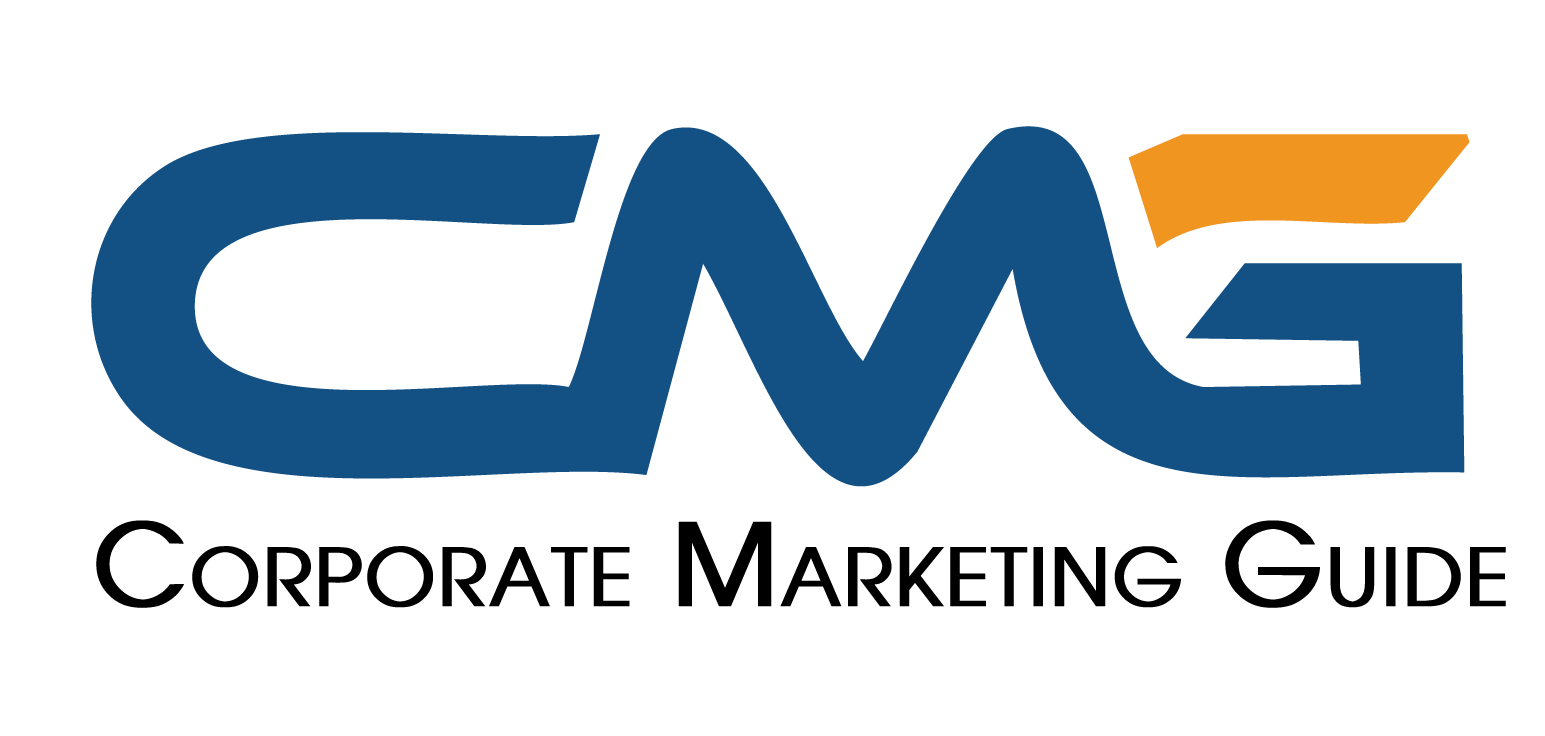Account reconciliation is one of the most vital processes for any business. It not only helps ensure the integrity and accuracy of financial reporting but also helps identify and correct discrepancies and red flags early on. Accurate account reconciliation enables to maintain investors and stakeholders trust while complying with regulatory requirements, providing a crystal clear picture of financial health and business performance.
However, despite being a critical element of an accounting process, businesses often rely on spreadsheets and manual workflows when it comes to reconciliation. Did you know manual reconciliation can cost as much as 60 man-hours, with approximately six hours wasted on time-consuming tasks?? Moreover, with legacy solutions and haphazard processes, businesses often face bottlenecks like inefficient amortization, incorrect accrual calculations, limited reconciliation controls, time-consuming reviews and so on.
To avoid these inefficiencies in accounting reconciliation, businesses must follow certain best practices. This, coupled with 360-degree automation of processes and a reliable and robust account reconciliation software will not only help businesses streamline their reconciliation but also help them close faster and efficiently.
Automate Data Extraction and Integration
Traditional reconciliation forces finance teams to manually gather transaction reports from multiple banking portals and financial systems before entering them into ERP platforms. This means, businesses deal with slow, error-prone reporting while trying harder to flag and rectify discrepancies in real time.
A smarter approach is to connect financial systems directly through API integrations, allowing transaction data to flow instantly and accurately between banks, ERPs, and CRMs. With real-time synchronization, finance teams no longer have to waste hours on manual uploads or second-guess their numbers. Instead, they gain instant visibility into financial data, reduce errors, and speed up reconciliation, leading to more accurate and efficient reporting.
Leverage AI-Driven Auto-Matching for Bank Reconciliation
Manually matching transactions is no less than finding a needle in a haystack, making businesses go through numerous records and then compare payments, invoices, and bank statements, one at a time. The greater the volume, the greater the risk of human error, leading to discrepancies that can throw off financial reports and cause unnecessary delays.
By using AI-driven transaction matching, businesses can automate this entire process, ensuring payments and invoices are instantly cross-checked with bank records. Instead of spending hours manually tracking down mismatches, finance teams get real-time alerts for discrepancies and suggested fixes, drastically reducing workload. This not only speeds up reconciliation but also improves accuracy, minimizes risk, and ensures financial records stay compliant and error-free.
Streamline Amortization and Accrual Calculations
Managing prepaid expenses and accruals is one of the most time-consuming and error-prone parts of reconciliation. Accountants often spend hours calculating amortization, making adjustments across multiple ledgers, and verifying every entry against contract terms, service dates, and invoice amounts. When done manually, even small miscalculations can lead to incorrect revenue recognition, compliance risks, and financial reporting errors, making the process even more frustrating and inefficient.
A smarter way to handle this is through automated substantiation reconciliation, which pulls GL balances and transaction-level data directly from ERPs and other financial systems. With real-time variance tracking, finance teams can instantly compare supporting balances, catch discrepancies early, and ensure accurate amortization—without the headaches of manual processing.
Centralize Financial Data and Eliminate Silos
One of the major reconciliation challenges in account reconciliation is dealing with siloed financial information across systems and ERPs. Without automated account reconciliation software in place, teams keep on juggling between banking portals, countless spreadsheets, posting on ERPs and then integrating with third party financial tools. This not only creates a disconnect among workflows but also wastes a lot of time with the constant switching between systems while risking compliance.
The only way to solve this problem is to have a robust, unified reconciliation system that acts as a single source of truth, consolidating financial data from all relevant systems. By integrating ERP, bank feeds, and third-party financial tools into a single interface, businesses can ensure greater visibility, accuracy, and control over their financial data. This approach eliminates data silos, streamlines workflows, and enhances operational efficiency, making the reconciliation process faster and more reliable.
Implement Real-Time Variance Analysis and Controls
Missing discrepancies in reconciliation doesn’t just lead to reporting mistakes—it can create serious compliance risks, delays, and unnecessary rework. When errors go undetected, finance teams are forced to backtrack and fix issues later, which slows down the close process and makes audits more complicated. Worse, relying on a reactive approach to variance analysis increases the chances of misstatements and operational inefficiencies, putting financial integrity at risk.
To solve these challenges, businesses need real-time reconciliation tracking. A reconciliation control tower provides a clear, up-to-date view of all balance sheet accounts, flagging discrepancies as soon as they appear. With a control view for variances, accountants can instantly spot mismatches between GL balances and supporting records, ensuring errors are corrected early—before they disrupt financial reporting.
Improved Collaboration
When we say smooth reconciliation process, it means a business has a seamless collaboration between accountants, finance teams, and senior approvers. However, manual approval workflows makes it a tedious process. Managers have to log into multiple systems and then review and sign off on journal entries, leading to delays, bottlenecks, and an indefinite delay in financial close.
Features like customizable reconciliation dashboards provide a real-time overview of reconciliation progress. With out-of-the-box reports like Tasks Due by Date, Tasks Due by Priority, and Planned vs. Actual, finance teams can track pending reconciliations, identify bottlenecks, and take proactive action to prevent delays. Additionally, insights into top preparers with open tasks help optimize workload distribution, ensuring that reconciliation activities stay on track and reducing the overall time required to close.
Enhance Your Reconciliation Process With Automated Account Reconciliation Software
Managing any element of financial operations is a huge battle against time and errors. Siloed systems, manually integrating data across multiple platforms, manually applying reconciliation rules, dependence on multiple tools, and the risk of financial misreporting makes reconciliation not only a complex process but also slows down financial close.
This indicates the dire need for businesses to upgrade their existing systems to an advanced, automated account reconciliation software. With the right reconciliation solution, businesses are able to leverage an out-of-the-box formula set. This further helps configure matching rules, match line-level transactions from multiple data sources and create templates to automate various transactions. It also prepares and posts journal entries, which will be automatically posted into the ERP, automating 70% of your account reconciliation process.



